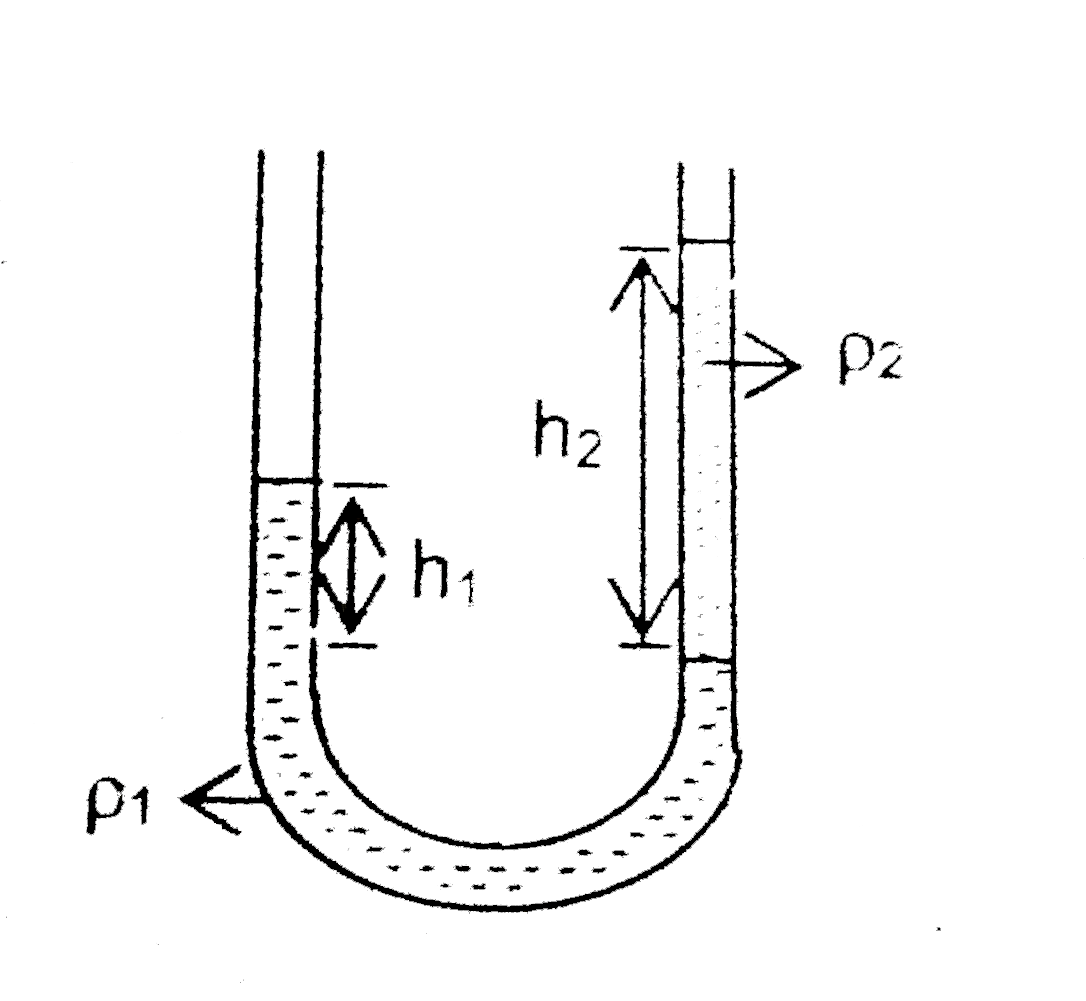Liquids which form separate layers when left undisturbed for sometime.
Step-by-Step Solution
1. Understanding the Question: The question asks about liquids that form separate layers when left undisturbed. This indicates that the liquids do not mix with each other.
2. Identifying Examples: A common example of such liquids is oil and water. These two liquids are known to not mix; when combined, they separate into layers.
3. Observation of Behavior: When oil and water are mixed and then left undisturbed, the oil, which is less dense than water, will float on top of the water. This results in two distinct layers.
4. Defining the Concept: The liquids that do not mix and form separate layers are referred to as immiscible liquids. This term specifically describes liquids that cannot be mixed to form a homogeneous solution.
5. Separation Method: To separate immiscible liquids, methods such as using a separating funnel can be employed. In this method, the two liquids are allowed to settle into layers, and the liquid at the bottom can be drained off through a tap.
6. Conclusion: Therefore, the answer to the question is that the liquids which form separate layers when left undisturbed are called immiscible liquids.
Topper's Solved these Questions
- BOOK - ICSECHAPTER - ELEMENTS, COMPOUNDS AND MIXTURES EXERCISE - EXERCISES (Diagram based questions)3videos
ELEMENTS, COMPOUNDS AND MIXTURES
- BOOK - ICSECHAPTER - ELEMENTS, COMPOUNDS AND MIXTURES EXERCISE - EXERCISES (Give reasons for the following)5videos
ELEMENTS, COMPOUNDS AND MIXTURES
- BOOK - ICSECHAPTER - ELEMENTS, COMPOUNDS AND MIXTURES EXERCISE - EXERCISES (Match the following)1videos
ELEMENTS, COMPOUNDS AND MIXTURES
- BOOK - ICSECHAPTER - ELEMENTS, COMPOUNDS & MIXTURESEXERCISE - OBJECTIVE TYPE QUESTIONS (Elements, Compounds & Mixtures)17videos
ELEMENTS, COMPOUNDS & MIXTURES
- BOOK - ICSECHAPTER - HYDROGEN EXERCISE - Think and answer3videos
HYDROGEN
Similar Questions
Miscible liquids form separate layers in a mixture.
View SolutionFill in the blanks.
(a) A colloid is a ……… mixture and its components can be separated by the technique known as ……… .
(b) Ice, water and water vapour look different and display different ………. Properties but they are ……. the same.
(c) A mixture of chloroform and water taken in a separating funnel is mixed and left undisturbed for some time. The upper layer in the separating funnel will be of ........ and the lower layer will be that of ....... .
(d) A mixture of two or more miscible liquids, for which the difference in the boiling points is less than 25 K can be separated by the process called .......... .
(e) When light is passed through water containing a few drops of milk, it shows a bluish tinge. This is due to the ...... of light by milk and the phenomenon is called .......... . This indicates that milk is a ........... solution.View Solution
Knowledge Check
- Question 1 - Select One
Immiscible liquids can be separated by
Afractional distillationBseparating funnelCfiltrationDdecantation - Question 2 - Select One
An unknown liquid collected from a sample of peas, is added to a beaker of water and is vigorously shaken. After few minutes, water and the unknown liquid made two separate layers. To which class of biomolecules, does the unknown liquid most likely belongs ?
ApolysaccharidesBProteinsClipidsDEnzymes
Which germ layer forms CNS?
View Solutionn identical capacitors are connected in parallel to a potential difference V. These capacitors are then reconnected in series, their charges being left undisturbed. The potential difference obtained is
View SolutionLiquids can change into gas at any temperature when left in the open.
View SolutionExplain why particles of a colloidal solution do not settle down when left undisturbed, while in the case of a suspension they do?
View SolutionWhich germ layer forms the skeleton and muscles?
View Solution
Two liquids which do not react chemically are placed in a bent tube as shown in figure. The height of the liquids above their surface of separation areView Solution

